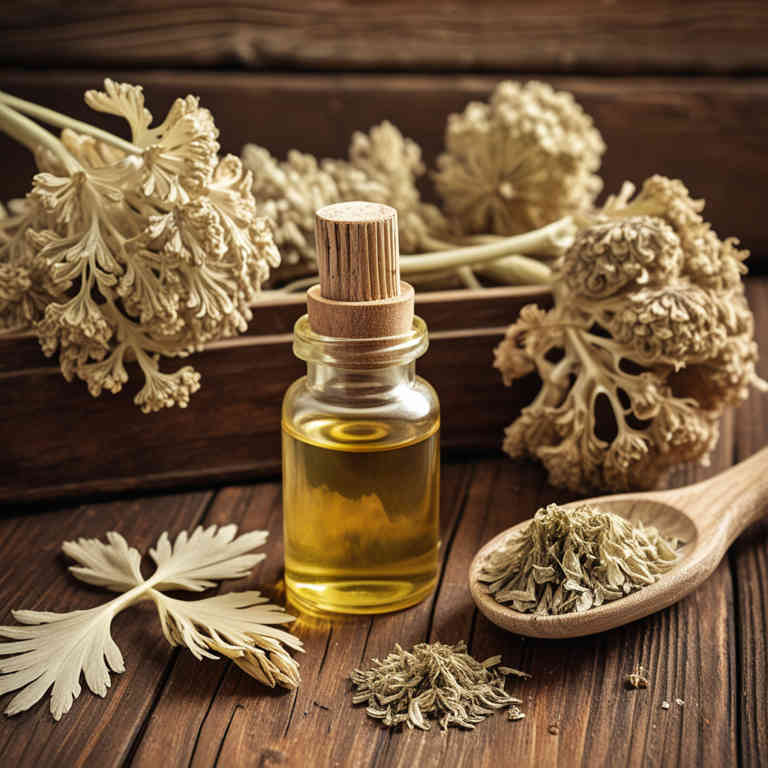Angelica sinensis essential oil for medicinal use

Angelica sinensis essential oil is a concentrated aromatic extract derived from the roots of the Angelica sinensis plant, also known as Dong Quai.
It is widely used in traditional Chinese medicine and herbalism for its purported ability to support hormonal balance and promote blood circulation. The oil is often utilized to alleviate symptoms of menstrual irregularities, menopause, and inflammatory conditions. It is typically diluted with a carrier oil before topical application or used in aromatherapy.
Due to its potent nature, it should be used with caution and under the guidance of a qualified herbalist.
Uses
Angelica sinensis essential oil has been used to promote blood circulation, alleviate menstrual discomfort, and support reproductive health for centuries in traditional Chinese medicine.
Historically, it was revered for its ability to tonify the blood and regulate the menstrual cycle, often used in formulations for women's health. In modern times, it is valued for its potential anti-inflammatory and antioxidant properties, with applications in aromatherapy and complementary medicine. It is also used to support skin health and as a natural remedy for stress and fatigue.
Due to its complex chemical composition, ongoing research continues to explore its broader therapeutic potential.
Benefits
Angelica sinensis essential oil has health benefits such as improving circulation, supporting hormonal balance, and enhancing mood.
It is traditionally used in Chinese medicine to promote blood flow and alleviate symptoms of anemia and menstrual disorders. The oil may also have anti-inflammatory and antioxidant properties that contribute to overall well-being. It is often used in aromatherapy to reduce stress and promote relaxation.
Additionally, it may aid in digestive health and support the immune system.
Constituents
Angelica sinensis essential oil active constituents include compounds such as ligustilide, senkyunic acid, and ferulic acid, which contribute to its therapeutic properties.
These components are known for their ability to improve circulation and support hormonal balance. Ligustilide, in particular, is believed to have anti-inflammatory and antioxidant effects. Ferulic acid may aid in reducing oxidative stress and promoting skin health.
Overall, these active constituents make Angelica sinensis essential oil a valuable preparation for various health and wellness applications.
Preparation
To make Angelica sinensis essential oil, you will need fresh or dried Angelica sinensis root, a carrier oil such as jojoba or virgin coconut oil, and a glass jar for steeping.
First, finely chop the Angelica root and place it in the glass jar. Next, pour the carrier oil over the root, ensuring it is fully submerged. Allow the mixture to steep in a cool, dark place for 4 to 6 weeks, shaking the jar occasionally.
After the steeping period, strain the oil through a fine mesh strainer or cheesecloth to remove the plant material, and store the essential oil in a dark glass bottle away from sunlight.
Side Effects
Angelica sinensis essential oil may lead to gastrointestinal discomfort, including nausea and vomiting, especially when used in high concentrations or ingested.
It can also cause skin irritation or allergic reactions when applied topically, particularly in individuals with sensitive skin. Prolonged use may result in hormonal imbalances due to its phytoestrogenic properties, potentially affecting menstrual cycles and fertility. In rare cases, it may interact with medications, such as blood thinners, increasing the risk of bleeding.
It is important to consult a healthcare professional before using this essential oil, especially for pregnant or nursing women and those with existing health conditions.